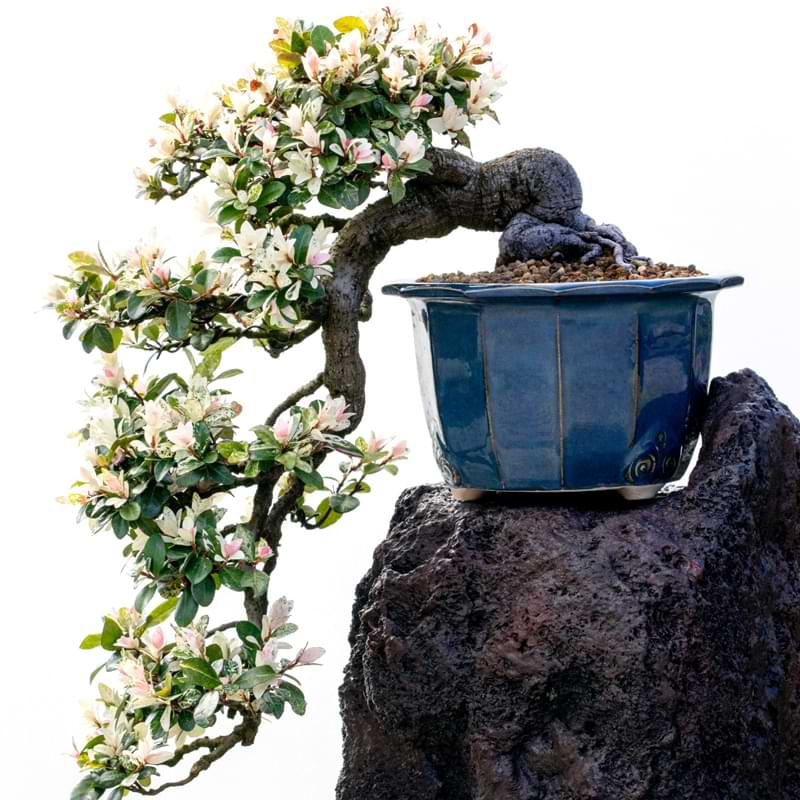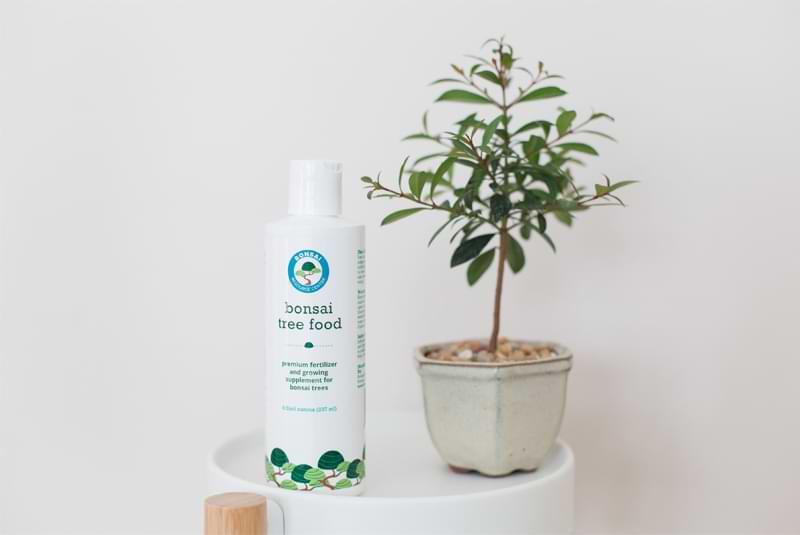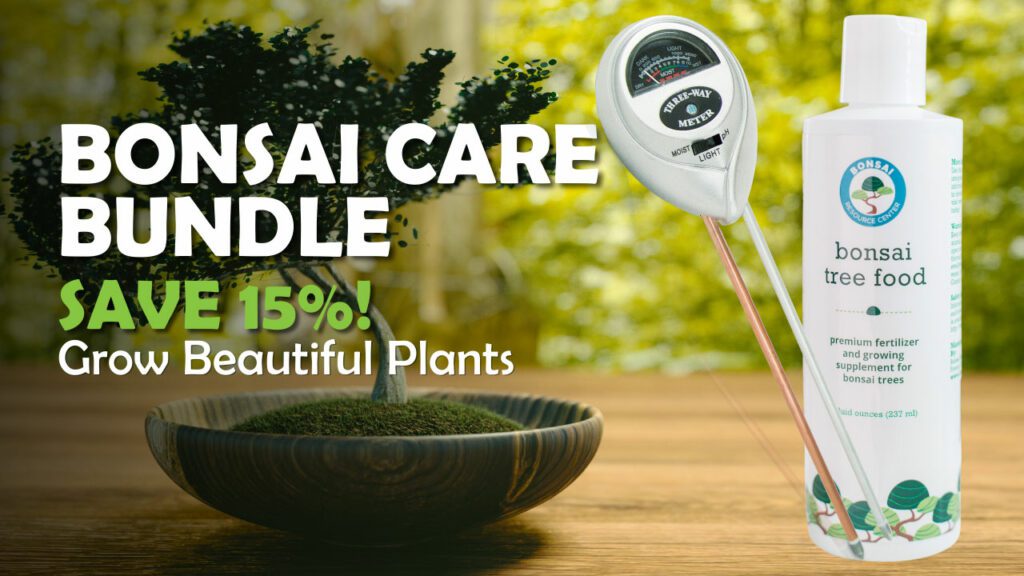If you’re looking to add a bonsai tree to your landscape, the Cascade Bonsai Juniper is an ideal choice. This beautiful evergreen conifer is native to regions stretching from east Asia up through North America. Although this particular species of bonsai can be demanding to grow and care for, with the right care and maintenance it will reward you with striking cascading foliage that is sure to draw admiring eyes from all who view your garden!
What is Cascading Bonsai
A cascading bonsai juniper is a type of juniper tree that has been trained to grow in a downward-facing direction. The branches of a cascading bonsai juniper are long and slender, and the leaves are small and scale-like. Cascade bonsai junipers are typically grown in pots or trays that have been placed on top of taller objects, such as shelves or tables. This allows the branches of the tree to cascade down over the sides of the pot or tray.
Growing A Cascade Bonsai Juniper
When growing a cascade bonsai juniper, you can either start with a young seedling or get a tree that is a few years old and already shaped. Either way, your tree will go through several stages in its life.
Stages
There are four basic stages in growing a Cascade Bonsai Juniper: seed germination, potting, pruning, and wiring.
1) Seed Germination: The first stage in growing a Cascade Bonsai Juniper is seed germination. Seeds can be obtained from a nursery or online retailer. Before planting the seeds, they should be soaked in water overnight. Plant the seeds in a well-draining soil mix and place them in a warm location with bright indirect light. Water the seeds regularly, keeping the soil moist but not wet. Seeds will typically germinate within 2-4 weeks.
2) Potting: Once the seeds have germinated, they can be transplanted into individual pots using a well-draining bonsai soil mix. Choose pots that are deep enough to accommodate the roots and wide enough so that the root ball will not touch the sides of the pot when planted. Transplant the seedlings into the pots and water them thoroughly.
3) Pruning: Once the juniper has established itself in its pot, it is time to begin pruning. Prune the plant regularly to shape it and encourage dense foliage growth. Trim off any dead or diseased branches, as well as any branches that are growing out of control. When pruning a Cascade Bonsai Juniper, be sure to keep the cascading shape in mind.
4) Wiring: Wiring is an important step in shaping a Cascade Bonsai Juniper. This involves wrapping copper or aluminum wires around the branches of the tree to train them into desired shapes. Be careful not to wire too tightly, as this can damage the branch and may even break it off entirely. Allow several months for wiring to take effect before making any major changes in shape.
Lifespan
The average lifespan of a cascade bonsai juniper is around 20 years. However, with the proper care, they can live much longer. One of the main keys to longevity for these trees is proper watering. They should be watered on a regular basis, but not too frequently. Allow the soil to dry out between watering sessions to prevent root rot. In addition, Cascade bonsai junipers need to be fertilized regularly. It’s suggested to use a bonsai plant food specifically meant for bonsai trees, as it will have everything your Cascading Juniper will need.
Indoor Growing
If you live in a place with cold winters, you may want to grow your Cascade bonsai juniper indoors. The most important thing for your tree when growing indoors is the light. Choose a location for your tree that gets bright, indirect light. A south-facing window is ideal.
Make sure the temperature in the room stays fairly consistent; avoid drafts from windows or doors, and water your bonsai juniper regularly, keeping the soil moist but not soggy. Allow the top layer of soil to dry out between watering.
You should still fertilize your tree with your every-day plant food, but you may want to decrease the strength of the fertilizer while your tree adjusts to its new home inside.
Growing Outdoors
These trees prefer full sun, so growing them outdoors in places with decent temperatures is ideal. Make sure to place them in a spot that gets plenty of light. They also like well-drained soil, so be sure to plant them in an area that does not stay too wet. It’s not suggested to plant your bonsai tree in the ground, simply because you may need to move it inside during winter months or really hot summer days to prevent the tree from dying.

Pruning And Styling
Pruning and styling your Cascade Bonsai Juniper is a crucial part of keeping your tree healthy and looking its best. Luckily, these trees are fairly easy to care for and only require pruning and styling once or twice a year.
When pruning, be sure to remove any dead or dying branches first. Next, trim back any branches that are growing too long or out of place. Finally, thin out the foliage to allow light and air to reach all parts of the tree.
As for styling, the Cascade Bonsai Juniper can be shaped into just about any form you desire. Use your imagination and have fun! Just be sure not to over-prune or style your tree, as this can cause damage.
Creating A Cascade Style of Bonsai
One of the most popular styles of bonsai is the cascade. To create this look, start with a juniper that has long, graceful branches. You will want to prune and wire the branches so they flow over the edge of the pot, creating a cascading effect. You may not need to wire the branches if the tree is already growing the branches downward, but if you want the cascade to look a certain way, wiring would be your best option to achieve that look.
When and How To Prune
When and how to prune your cascade bonsai juniper will depend on the look you want to achieve and the natural growth habit of the tree. If you want a more formal, tidy look, you will need to prune more often. If you are going for a more natural, free-flowing look, you can let the tree grow a bit wilder and only prune it when necessary.
To maintain a formal shape, prune your cascade bonsai juniper every two to three weeks during the growing season. Cut back any new growth that extends beyond the desired shape of the tree. You can also remove any dead or dying branches.
If you are letting the tree grow more naturally, wait until spring or early summer to do any major pruning. This will give the tree time to put out new growth before you cut it back. When pruning, only remove branches that are dead, dying, or crossing over each other.
Caring For Your Juniper Bonsai
Juniper Bonsai trees are fairly easy to care for once you get to know your plant. As long as the tree has the right soil, gets the right amount of light and water, and is fertilized and pruned regularly, it will continue to thrive in your home or outside.
Soil
When choosing a pot for your Cascade bonsai juniper, pick one that’s slightly larger than the tree’s root ball. Use a well-draining soil mix that’s formulated for bonsai trees. This will ensure your tree is getting the right amount of organic matter to promote better overall health for the tree
Position & Temperature
This tree thrives in sunny locations and stable temperatures. If you are growing your Cascade Bonsai Juniper indoors, place it near a south-facing window. Outdoors, this tree should be grown in a spot that receives at least 6 hours of direct sunlight each day.
The ideal temperature range for the Cascade Bonsai Juniper is between 60-80 degrees Fahrenheit. If you live in an area with very hot summers, you can still grow the tree outdoors, just bring it in for the heat of the day. For colder areas, this tree will survive best inside.
Water
Watering is an important part of the bonsai growing process and must be done with care. Too little water will cause the leaves to drop and the branches to die, while too much water will lead to root rot. The best way to water your bonsai is to use a watering can with a long spout, as this will allow you to direct the water directly to the roots without wetting the leaves. Allow the soil to dry out completely before watering again, and never let your bonsai sit in water for more than an hour.

Fertilizing
Organic fertilizers are a great option for Cascade Bonsai Junipers. You can find organic fertilizers at your local gardening store or online. Be sure to read the directions on the package before using.
Some general tips for fertilizing:
- Fertilize your Cascade Bonsai Juniper every two weeks during the growing season (spring and summer).
- Cut back on fertilizing in the fall and winter months.
- If you are using a chemical fertilizer, be sure to flush the soil with water after each application to prevent root burn.
A better option for fertilizing your bonsai tree is to use an bonsai plant food that is formulated for bonsai trees. This takes out all the guesswork of when to fertilize, and it gives your tree every opportunity to absorb the nutrients it needs when they’re needed.
Repotting
It is generally recommended to repot a bonsai every two to three years. This gives the roots room to grow and also allows you to refresh the potting mix. When repotting, be sure to use a well-draining potting mix and a pot that is only slightly larger than the root ball.
To repot, first remove the tree from its current pot. Gently loosen the root ball and remove any old potting mix. Inspect the roots for any signs of damage or disease and trim away any damaged or diseased roots.
Next, place the tree in its new pot and backfill with fresh potting mix. Be sure to firm up the mix around the roots before watering thoroughly. Allow the tree to drain before placing it in its final location. For a more in-depth guide to repot your bonsai tree, read this article.
FAQ Cascade Bonsai Juniper
What are the rules for bonsaiing a Cascade bonsai juniper?
The rules for bonsaiing a cascade bonsai juniper are not much different from the rules for bonsaiing any other type of juniper. The main difference is that the Cascade juniper requires more pruning and shaping to create its unique cascading form. Just make sure not to prune too much of your tree. Other than that, there aren’t really any rules for bonsaiing your tree.
Do I need a special container for a cascade-style bonsai?
A cascade bonsai is a type of bonsai that has a trunk that bends down from the pot, giving the tree the appearance of cascading over the edge. Because of this unique shape, cascade bonsais require a special pot that is shallower and wider than a traditional bonsai pot. Cascade bonsai pots are also generally unglazed, which allows the roots to breathe and helps to prevent waterlogging.
Final Thoughts
As you can see, the Cascade bonsai juniper is a beautiful and unique plant that can make a great addition to any home or office. With its cascading branches and evergreen needles, this plant is sure to turn heads and bring some life to any room.
If you are thinking about adding a cascade bonsai juniper to your collection, be sure to do your research and purchase from a reputable source. These plants can be delicate, so it’s important to make sure you are getting a healthy one. Once you have your plant, be sure to follow the care instructions carefully to ensure it stays healthy and thrives.
Bonsai With Us!
The Bonsai Resource Center is here to help you learn about all things bonsai and provide you with the tools you need to keep your plant healthy and strong. Explore our other articles, visit our online shop, and connect with other bonsai lovers in our Facebook group to learn everything you need to know about this rewarding hobby!



